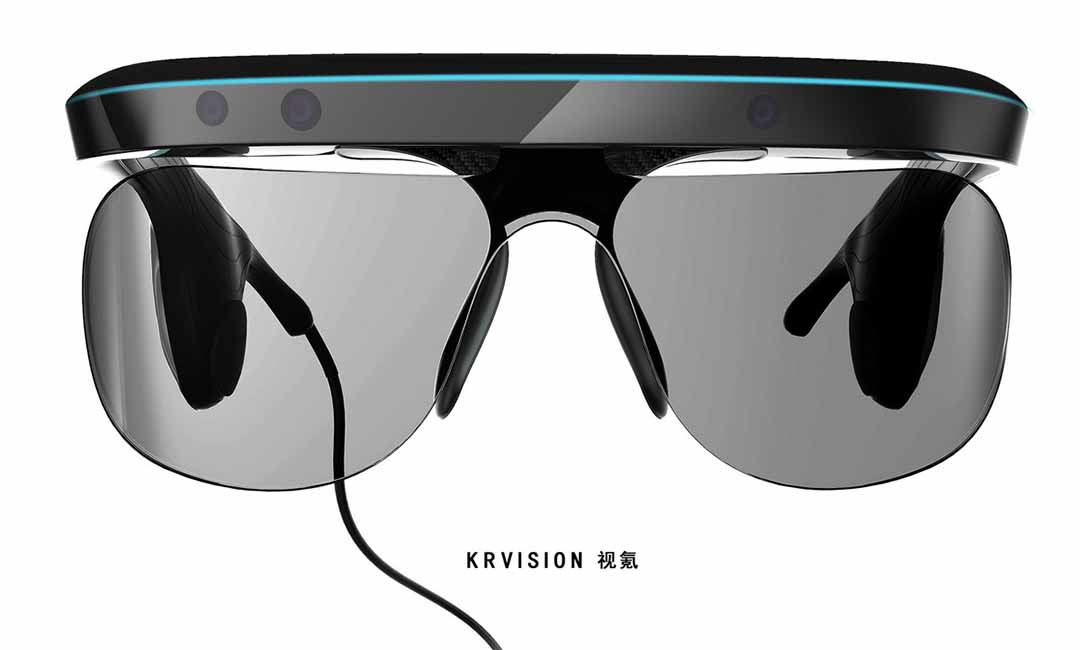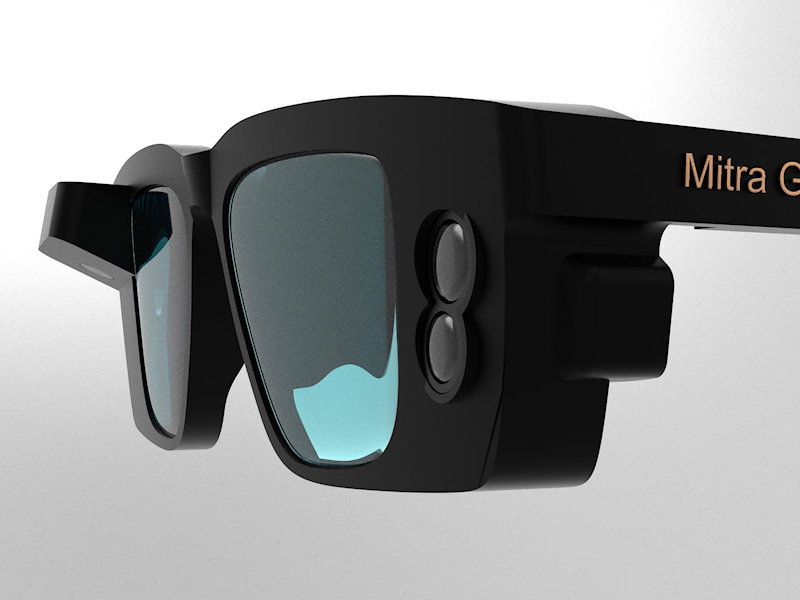Voice-Activated Assistive Devices: Empowering the Visually Impaired Through Innovation
Voice-Activated Assistive Devices: Empowering the Visually Impaired Through Innovation
Blog Article
Enhancing Availability With Assistive Technology for the Blind
The assimilation of assistive innovation for the blind stands for a pivotal advancement in ease of access, fundamentally altering exactly how people navigate their atmospheres and involve with culture. As we explore the varied types of assistive tools and their concrete effects on everyday living, it becomes vital to examine how continuous technical developments are reshaping the landscape of support for the blind area.
Introduction of Assistive Innovation
Assistive modern technology describes a variety of gadgets and software program developed to enhance the capacities of individuals with disabilities, including those that are visually damaged or blind. This innovation plays a critical function in advertising freedom and enhancing the lifestyle for customers. By supplying alternate methods for accessing information and executing day-to-day tasks, assistive innovation equips individuals to browse their settings extra successfully.
The advancement and execution of assistive innovation welcome a range of principles targeted at fostering access. These concepts consist of user-centered layout, which focuses on the requirements and choices of the individual, and the integration of modern technology into day-to-day tasks. Such advancements ensure that assistive gadgets are not just practical however easy and likewise instinctive to utilize.
Moreover, assistive modern technology includes a diverse range of options, from low-tech alternatives like magnifiers to modern innovations such as screen readers and Braille display screens. The ongoing development of this field is driven by the need to address the distinct difficulties encountered by individuals with aesthetic problems (Wearable technology for low vision). As innovation proceeds to advancement, the potential for enhancing ease of access and advertising inclusivity remains promising, ultimately contributing to an extra equitable society

Kinds of Assistive Devices
Many kinds of assistive tools are offered to sustain individuals that are aesthetically impaired or blind, each developed to address particular needs and challenges. These devices can be generally classified right into 3 main kinds: low-tech, mid-tech, and high-tech solutions.
Low-tech gadgets consist of things such as magnifiers, Braille labels, and tactile maps. These are relatively simple devices that enhance the user's ability to interact with their atmosphere without needing intricate innovation.
Mid-tech devices usually involve extra innovative attributes, such as electronic magnifiers and mobile Braille note-takers. These gadgets can use capabilities like speech outcome, enabling customers to accessibility info more effectively.

Effect On Daily Living
The schedule of numerous assistive devices significantly boosts the lifestyle for individuals that are aesthetically damaged or blind, impacting their everyday living in extensive ways. By incorporating modern technologies such as display visitors, Braille displays, and audio summary solutions right into their routines, users acquire greater freedom and freedom. These tools promote accessibility to information, allowing individuals to do daily jobs, such as checking out emails, browsing public spaces, and enjoying media web content.
Furthermore, assistive gadgets equip individuals to involve more totally in social interactions and neighborhood tasks. The ability to use smartphones furnished with access functions enables seamless communication and link with others. This connection cultivates a sense of belonging and lowers sensations of isolation.
In professional settings, assistive technology sustains efficiency by enabling individuals to total job tasks successfully. Tools like voice recognition software application and specialized zoom tools make it possible for users to participate in the workforce on equal footing with their sighted peers.

Developments in Modern Technology
Current technical innovations have actually substantially transformed the landscape of devices offered for individuals that are blind or visually impaired. The assimilation of man-made intelligence (AI) and device learning has given increase to applications that improve navigating and object acknowledgment. For instance, smart device apps can check out this site now make use of AI to identify and define surroundings in real-time, supplying users with beneficial contextual info.
In addition, developments in haptic technology have actually led to the advancement of wise walking sticks furnished with sensors that detect obstacles and provide tactile comments. This encourages users to navigate their atmosphere with boosted self-confidence and independence. In addition, technologies in here text-to-speech software and braille screens have actually enhanced the availability of digital web content, permitting seamless interaction with numerous media.
Wearable modern technologies, such as wise glasses, are also making strides in assisting aesthetic impairment. As technology proceeds to evolve, the capacity for also more transformative devices stays on the horizon.
Future Trends and Innovations
As technology quickly progresses, the future of assistive tools for people who are blind holds enormous pledge. Innovations in artificial intelligence (AI) and machine discovering are positioned to transform the means blind individuals connect with their environments. For instance, AI-driven applications are being developed to enhance things acknowledgment, allowing customers to determine and navigate their surroundings with higher convenience and accuracy.
Moreover, developments in haptic responses modern technology are enabling the production of responsive maps and navigating help that give real-time details with touch. These developments not just boost mobility yet additionally foster independence. In addition, Discover More wearable gadgets geared up with enhanced truth (AR) functions are emerging, using users visual details via audio summaries, thus connecting the gap between the electronic and physical worlds.
Furthermore, the assimilation of smart home technology presents new opportunities for access, permitting people to manage their living atmospheres through voice commands or smartphone applications. As cooperation in between tech designers and the blind neighborhood continues, the emphasis on user-centered layout will certainly ensure that future developments are customized to satisfy the unique needs of this populace (Wearable technology for low vision). The trajectory of assistive modern technology assures a much more empowering and comprehensive future for people that are blind
Final Thought
In verdict, assistive modern technology plays a crucial function in boosting accessibility for people with visual problems. Continuous advancements in innovation and user-centered style ensure that these tools cater successfully to the unique needs of the blind neighborhood.
The combination of assistive modern technology for the blind stands for a critical advancement in ease of access, fundamentally modifying exactly how people browse their atmospheres and engage with culture.Assistive modern technology refers to a variety of tools and software application developed to enhance the capabilities of individuals with handicaps, including those that are aesthetically damaged or blind. Wearable technology for low vision.As modern technology rapidly progresses, the future of assistive tools for people that are blind holds tremendous guarantee. The trajectory of assistive technology promises a more inclusive and empowering future for individuals that are blind
In final thought, assistive modern technology plays a critical duty in boosting ease of access for people with visual disabilities.
Report this page